Building a $400M Hotel During a Pandemic: Q&A With the Team
The Saunders Hotel Group's Gary Saunders and The Noannet Group's Jordan Warshaw explain how the coronavirus outbreak has impacted the development of the 33-story Raffles Hotel & Residences in Boston.
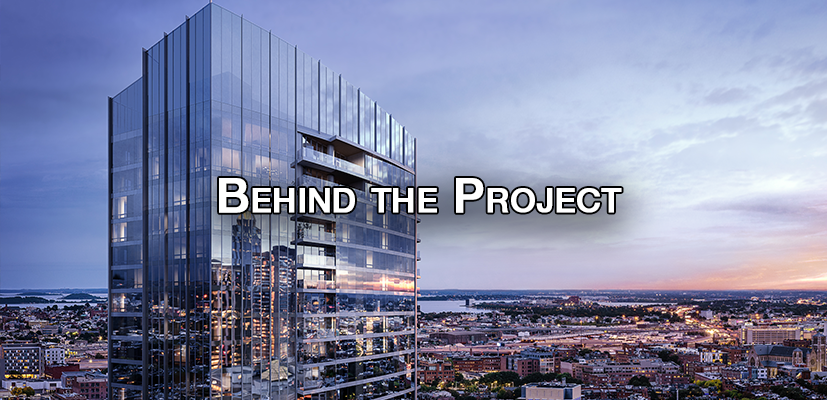
Rendering of the Raffles Boston Back Bay Hotel & Residences. Image courtesy of The Architectural Team Inc.
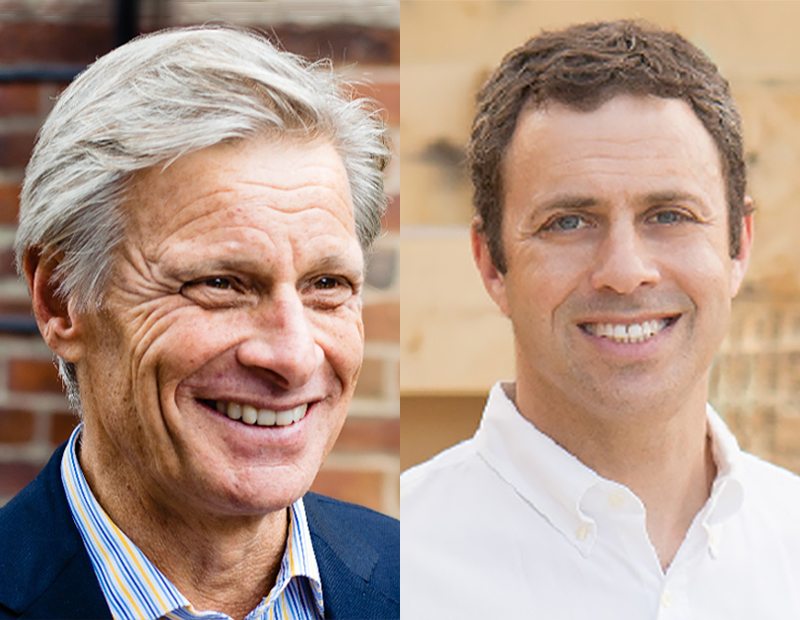
(From left to right) Gary Saunders and Jordan Warshaw. Images courtesy of The Saunders Hotel Group and Roger Pelissier
The Raffles Hotels opened its first property back in 1887 in Singapore and now owns 20 hotels worldwide. Upon completion in 2022, North America’s first Raffles mixed-use development will include 147 keys and 146 residences in a 33-story tower. Located in Boston, in the heart of the Back Bay, the more than $400 million Raffles Boston Back Bay Hotel & Residences project will be close to Boston Back Bay Train Station, Copley Place, Prudential Center and Fenway Park, as well as the Museum of Fine Arts and various dining venues.
The project is also scheduled to provide more than $22 million in public benefits, which include street and public realm improvements, seven affordable units, as well as a contribution of more than $13 million for supporting additional affordable housing in the metro.
READ ALSO: How and When Will Hotels Recover?
Hotel features are set to include:
- A two-story sky lobby.
- Five food-and-beverage venues.
- A Raffles Spa with a 65-foot indoor pool.
- A rooftop garden terrace and lounge.
- Meeting and pre-function space.
The Saunders Hotel Group Chairman Gary Saunders and The Noannet Group President Jordan Warshaw, part of the team behind the project, discuss the current status of the development and how the coronavirus crisis has impacted the delivery deadline.
What is the current status of the project?
Warshaw: Since resuming construction on May 18, we are focusing on excavation and foundation work over the next six months. Very little will be visible from the street, as we will be drilling large caissons more than 100 feet deep.
What are the innovative aspects of this project?
Saunders: Beyond being the first Raffles Hotel & Residences in North America, what is so special and unique about Raffles Boston is the lifestyle that will be provided—one that is adventurous yet comfortable, intimate and friendly. The building will feature 16 different intimate spaces and retreats for our residents—more than any other property in Boston. You can have a cocktail in a different area in our building every night of the week for nearly two weeks straight and not visit the same space twice.
Raffles Boston will also be the only hotel in the region with a sky lobby and event space looking out over the entire city. All of this is complemented by Raffles’ location in one of the nation’s most historic, energetic and character-filled neighborhoods. The property will reflect the community it serves in Boston, from its design to its amenities.
What impact do you expect your property to have on Boston’s hospitality sector?
Saunders: This hotel will help reinforce Boston as a sophisticated international destination. Additionally, this building is designed to feel very “Boston” as opposed to the kind of “generic luxury” that could feel equally appropriate in Boston, L.A. or Dubai. Boston has a limited number of hotels with a truly unique design and we are excited to be creating another must-visit hotel from a design standpoint.
What has been the reaction from the neighborhood regarding the project?
Saunders: During the permitting process, there were the usual neighborhood concerns regarding project impacts—traffic, shadows, wind etc. However, after we addressed each concern, the neighborhood became very excited about the project and is now looking forward to our opening.

How much has the coronavirus crisis impacted the development timeline?
Warshaw: We broke ground in September 2019 and began site demolition in December 2019. We ceased construction in mid-March in accordance with the mayor’s orders, but we were cleared to resume work in May. We are still on track to deliver in 2022.
Did you alter your construction process after the seven-week shutdown?
Warshaw: Given the current stage we are at with construction, the excavation and foundation crew is already very small—individuals are in heavy equipment for the most part. However, as we resumed construction, several new measures were implemented to ensure the safety of all workers on-site.
Our contractor, Suffolk Construction, is following all guidelines as set forth by Mayor Marty Walsh. In the first week of resuming work, the site made extensive modifications to create a safe workspace for all construction workers, including such steps as modified site access so that all workers will enter the site through a temperature reading tent, an on-site safety office, multiple generator-powered hot water handwashing stations, infrared cameras monitoring temperature ranges, and segregated areas for different trades. Until COVID-19 is safely in the rearview mirror, our workers’ safety will remain Raffles’ and Suffolk Construction’s top priority.
The hospitality industry was hit hard by the pandemic. What is your view on the sector now?
Saunders: These are unprecedented circumstances across the globe, affecting nearly every industry. However, as we adjust to the times, we are optimistic that hospitality will push forward with resilience, thoughtfulness and innovation.
What were the important considerations in design and operations before the crisis, and how have they changed?
Warshaw: We do not have a sense of what a post-COVID-19 landscape looks like, but there are advancements that we were considering instituting and that COVID-19 has only accelerated our interest in. Our specific construction timeline affords us the unique opportunity to explore technological and spatial design areas and changes.
While we were exploring several of these areas prior to the pandemic, they have become all the more relevant and will push our design substantially further than what is required by code. This includes exploring design features like touchless surfaces, expanded lobby space and advanced air filters.
READ ALSO: Hospitality Design Trends: Before and After the Pandemic
What are the challenges of developing a project of this caliber in general, and now in these trying times?
Warshaw: There are always the usual challenges of working to complete a large, complicated project on time and on budget. These issues are further exacerbated by COVID-19 and the additional costs associated with navigating this virus. Potential delays could be the result of a variety of factors, from staggered shifts that limit the number of workers on-site at a given time to the process of reviewing material sample submittals.
In normal times, the developer, architect, interior designer and contractor might have a conference room table piled high with wood paneling samples, plumbing fixtures, decorative lighting or pieces of carpet. Now, since gathering around a conference table is one of the less advisable activities in a world of social distancing, multiple samples are being created and forwarded to all the team members at their home addresses.
What are your expectations regarding the Raffles Boston Back Bay Hotel & Residences project?
Saunders: We fully expect that this will be the most exciting, interesting and beautiful hotel in Boston. As a brand, Raffles’ hallmark is warm, friendly, personal service and we expect that in addition to its spectacular design, this will be the friendliest hotel in Boston.
How do you feel about the future of the hospitality sector?
Saunders: We have full faith in the real estate and hospitality industries and the many talented companies and organizations working towards a return to business. As we all try to navigate our teams during these unprecedented times, we look forward to coming out of the pandemic with a more innovative and thoughtful approach to development than ever before.



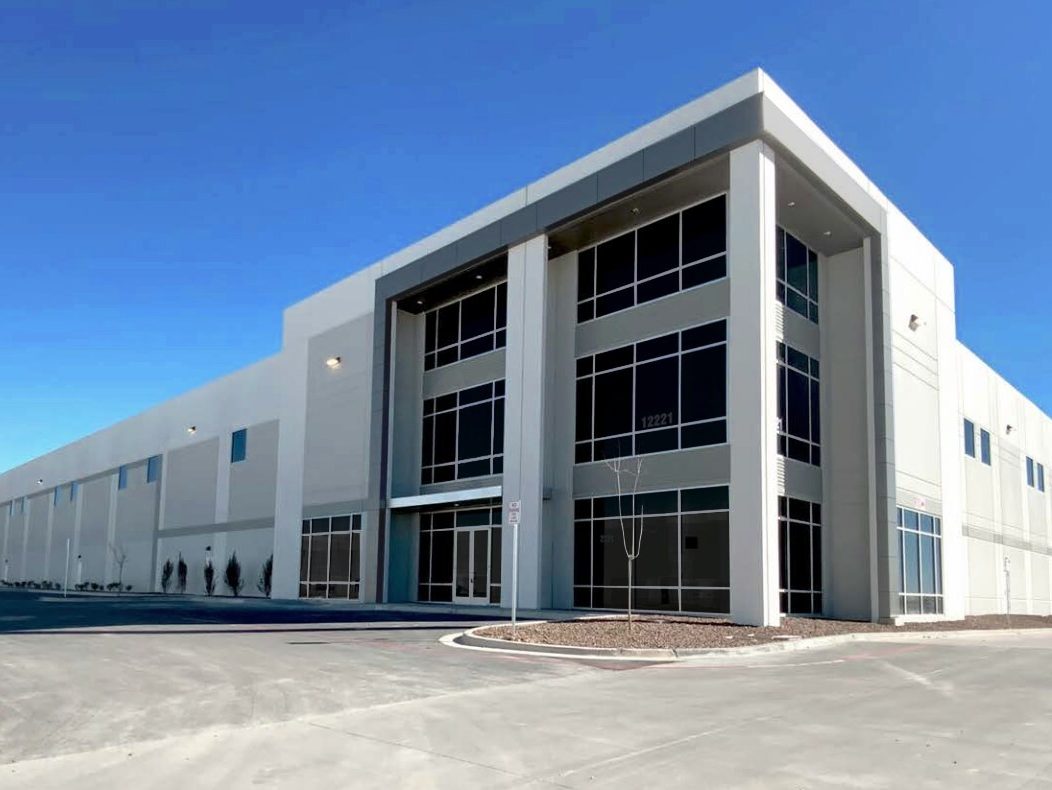
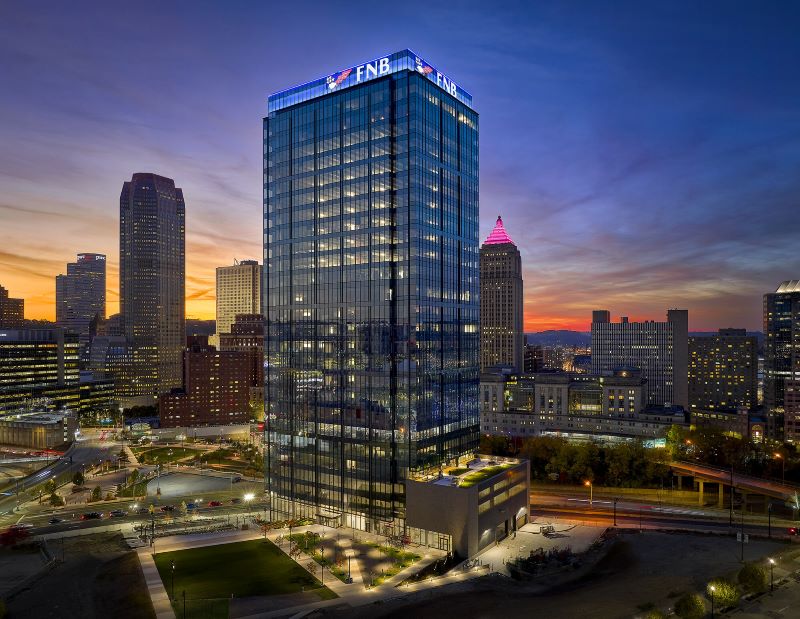

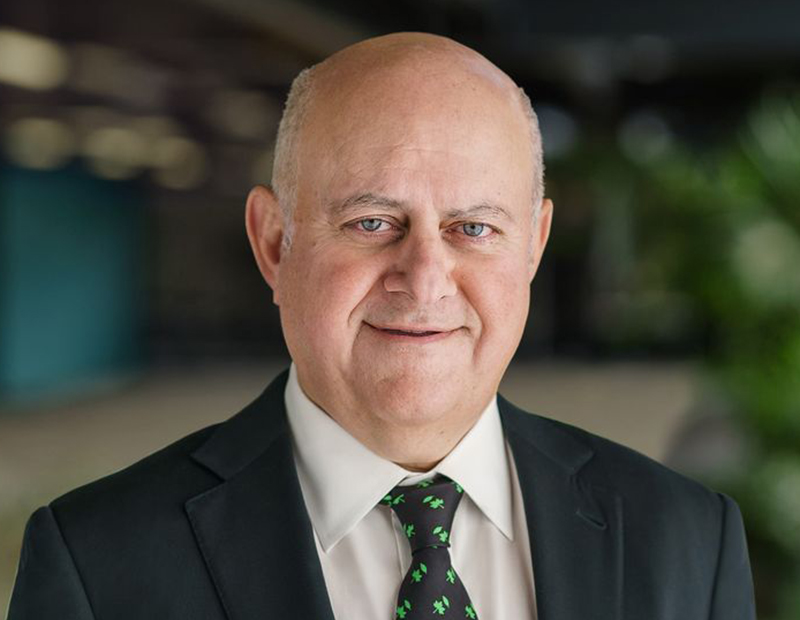
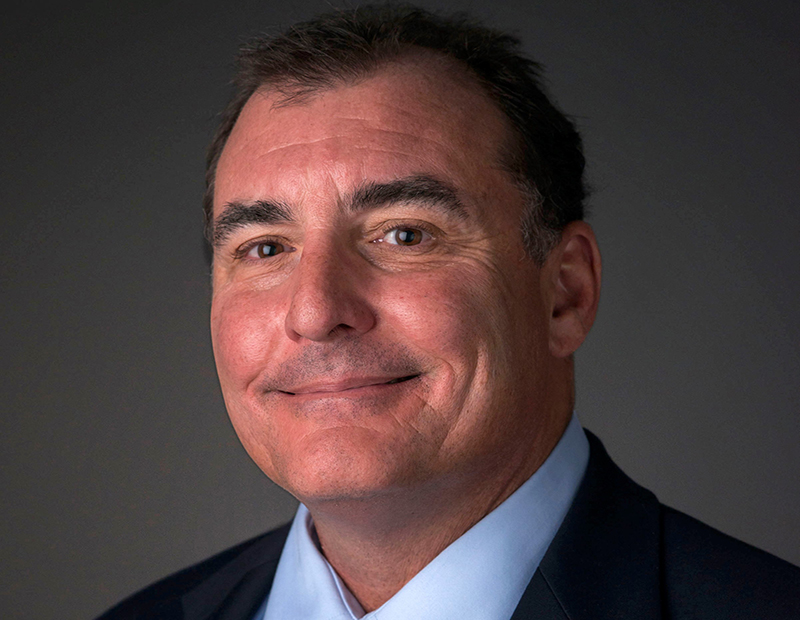
You must be logged in to post a comment.